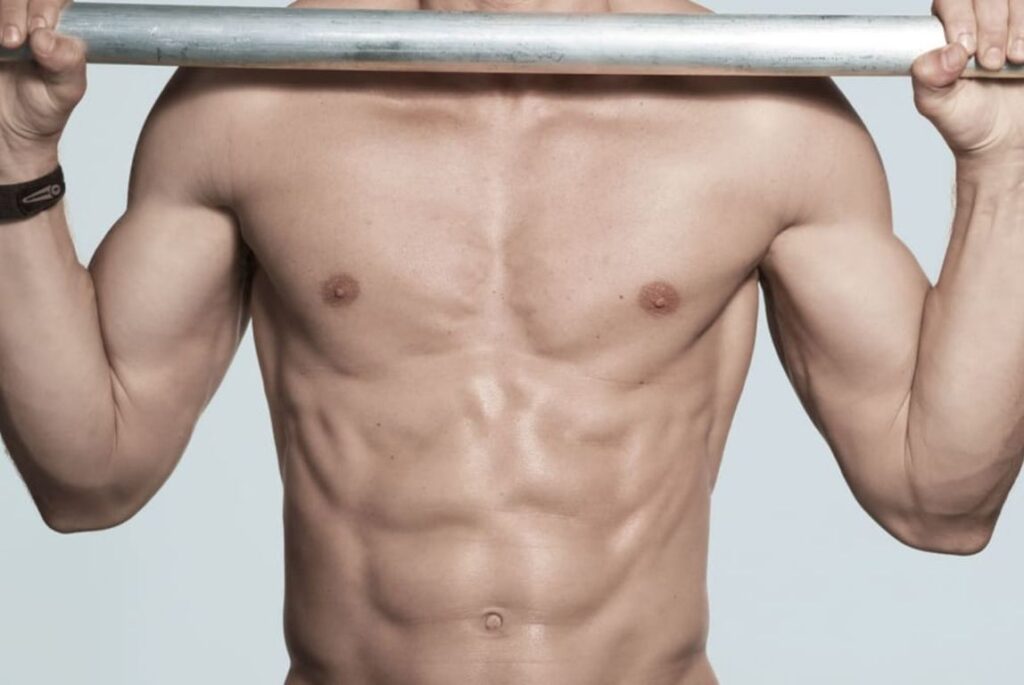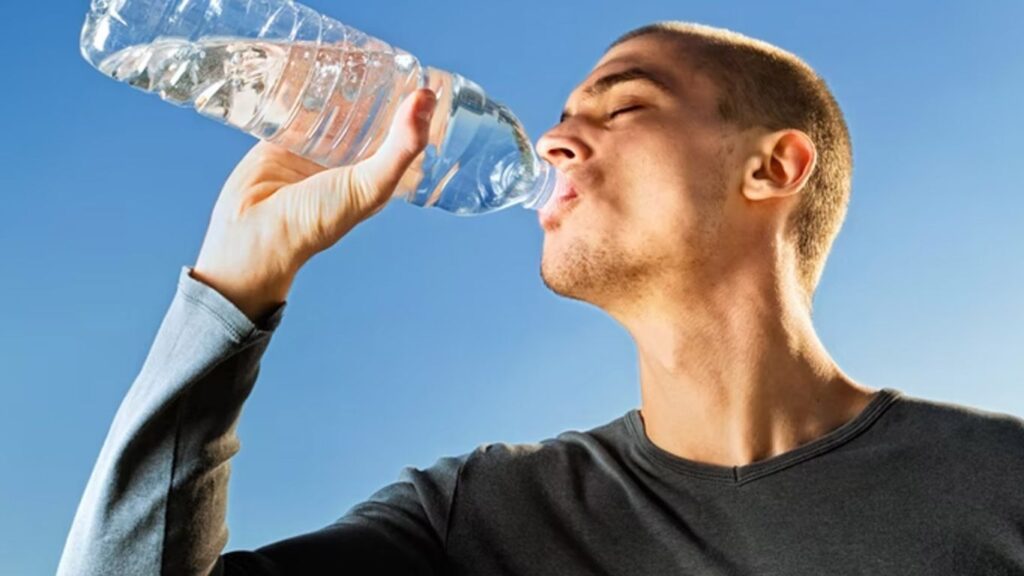Achieving a vascular physique(vascularity), where veins are visibly prominent beneath the skin, has become a hallmark of fitness and muscle definition. This aesthetic is highly desired by bodybuilders, athletes, and fitness enthusiasts who wish to display their well-developed muscle mass. However, vascularity is not simply a result of lifting weights. It requires a comprehensive understanding of the underlying science, including factors such as diet, training routines, and overall body composition. To attain this look, one must focus on building muscle mass, reducing body fat, and optimizing blood flow, all of which play a crucial role in making veins more visible and pronounced.
Vascularity Unveiled: The Science Behind Visible Veins and How to Achieve Them
Understanding Vascularity
Vascularity refers to the visibility of veins due to low body fat and enhanced blood flow. It’s important to distinguish this from varicose veins, which are a medical condition where veins become enlarged and twisted due to valve malfunctions. In contrast, vascular veins are smooth and run along the limbs and body, typically without any associated discomfort.
The visibility of veins, or vascularity, depends on several factors, including muscle size, skin thickness, and subcutaneous fat levels. As muscle mass increases, veins are pushed closer to the skin’s surface, making them more visible. Similarly, lower levels of body fat reduce the distance between veins and the skin, further enhancing their visibility.
Key Strategies to Enhance Vascularity

Build Muscle Mass
The first step towards achieving vascularity is building significant muscle mass. Larger muscles push veins closer to the skin, making them more prominent. Resistance training is crucial for muscle hypertrophy:
- Incorporate Compound Movements: Exercises like squats, deadlifts, and bench presses target multiple muscle groups, facilitating overall muscle growth.
- Use Moderate Loads and Reps: Training with moderate weights (70-80% of your one-rep max) for 8-12 repetitions is effective for hypertrophy, which directly influences vascularity.
Reduce Body Fat
Lowering your body fat percentage is crucial for vascularity. Excess fat obscures veins, so it’s essential to maintain a caloric deficit:
- Caloric Deficit: Aim for a daily deficit of 300-500 calories to promote gradual fat loss without sacrificing muscle mass.
- High-Protein Diet: Consuming around 2 grams of protein per kilogram of body weight helps preserve muscle mass during fat loss.
Incorporate Cardiovascular Exercise
Cardio plays a significant role in reducing body fat and improving vascularity. It enhances capillary density, which increases blood flow to muscles:
- Low-Intensity Steady-State (LISS) Cardio: This can be effective when done regularly, helping you burn calories and reduce fat.
- High-Intensity Interval Training (HIIT): HIIT boosts heart rate and improves blood flow, making veins more visible.
Optimize Your Diet for Blood Flow
Certain foods can enhance blood flow by increasing nitric oxide production, which dilates blood vessels:
- Nitrate-Rich Vegetables: Foods like spinach, beetroot, and arugula convert to nitric oxide, improving blood flow.
- Citrus Fruits and Garlic: These foods are known for their positive effects on vascular health, making veins more pronounced.
Advanced Training Techniques
Incorporating advanced training techniques can further boost vascularity:
- Blood Flow Restriction (BFR) Training: This involves restricting blood flow during exercises using bands or cuffs, causing veins to swell and become more visible.
- Chasing the Pump: Engage in high-rep, low-rest isolation exercises like bicep curls and tricep pushdowns to flood the muscles with blood, enhancing vascularity.
Hydration and Water Retention Management

Proper hydration is essential for maintaining vascularity. Dehydration can lead to water retention, which can obscure veins:
- Drink Plenty of Water: Staying well-hydrated helps flush out excess sodium and reduces water retention, making veins more visible.
- Reduce Sodium Intake: High sodium levels cause water retention, so it’s important to limit your intake, especially from processed foods.
Heat and Thermogenesis
Increasing your body temperature through methods like thermogenesis can temporarily enhance vascularity:
- Thermogenic Foods: Consuming foods like cayenne pepper, green tea, and ginger can increase body temperature and blood flow, making veins more prominent.
Conclusion
Achieving vascularity is a complex process that involves a synergistic approach, combining muscle growth, fat reduction, cardiovascular conditioning, and strategic dietary choices. Building muscle mass pushes veins closer to the skin, while reducing body fat enhances their visibility. Cardiovascular exercises and a diet rich in blood flow-boosting foods like nitrates further support this goal. Consistency and patience are crucial, as vascularity doesn’t develop overnight but through sustained effort and attention to detail in both training and nutrition. By implementing these strategies, you can gradually achieve a well-defined, vascular physique that highlights the hard work you’ve put in at the gym.
Also read: Understanding Body Fat Percentage: What It Tells Us About Our Health
